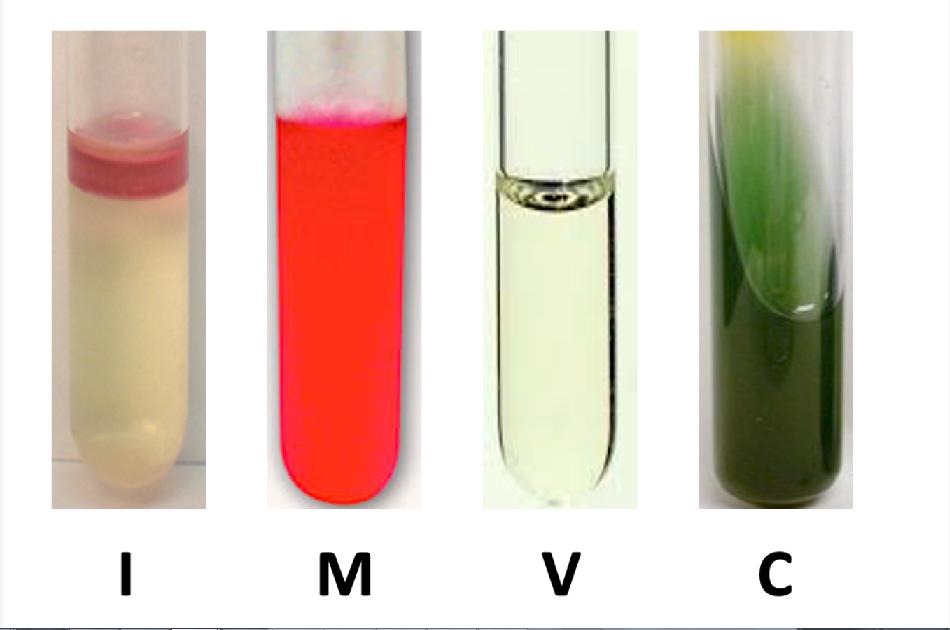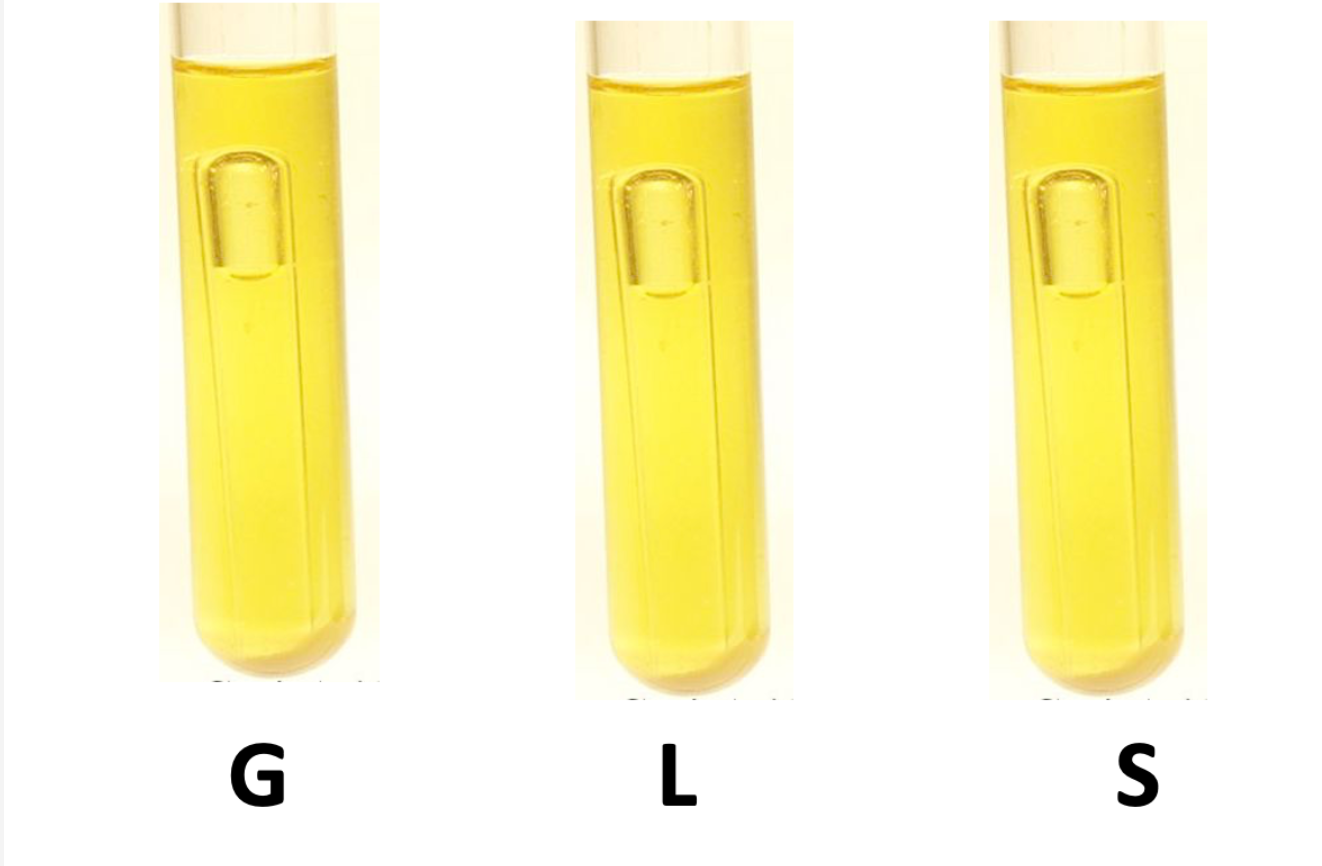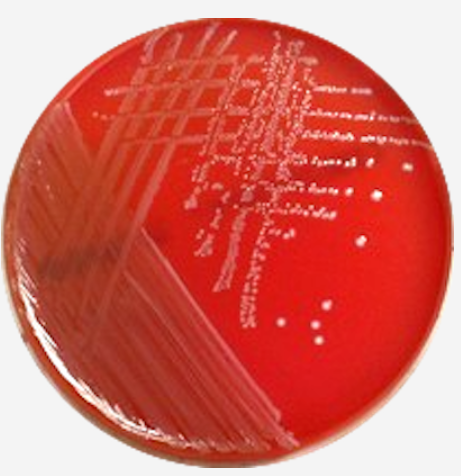Navigation » List of Schools, Subjects, and Courses » Bio 2010 – Microbiology » Lab Quizzes » Lab Quiz 4
With Answers Good news! We are showing you only an excerpt of our suggested answer to this question. Should you need our help in customizing an answer to this question, feel free to send us an email at  or chat with our customer service representative.
or chat with our customer service representative.
Lab Quiz 4
Lab Quiz 4
Question 1
Among the Gram-positive organisms, Enterococcus durans is one of the few organisms that is not inhibited by the presence of bile salts. Which of the following is the most likely explanation?
- it grows well on skin or the integument system tissues, which have high bile salt concentrations
- it grows well in digestive system tissues, which have high bile salt concentrations
- It grows well in nervous system tissues, which have high bile salt concentrations
- it grows well in the pulmonary system tissues, which have high bile salt concentrations
Question 2
From the IMVIC test series, which of the following enzymes is needed to convert tryptophan into indole?
- stryptophanase
- mannitol deyhydrogenase
- tryptophanase
- catalase
- indolase
- tryptase
Question 3
This is an image of an inoculated DNAse Agar plate. Which of the following products is found in this particular agar?

- oligonucleotides
- triglycerides
- iron sulfide (FeS)
- pyruvic acid
- DNA
Question 4
This is an image of an inoculated Bile Esculin Agar plate. Which of the following differential agents is found in this particular agar?

- bile salts
- NaCl
- esculin
- lactose
- none of the above
Question 5
Suppose you are a microbiology laboratory technician. You have a culture with mixed bacteria. Your boss asks you to isolate the Gram-positive organisms ONLY. Which of the following media would the MOST appropriate media to begin isolating Gram-positive organisms?
- MacConkeyâ s agar
- Starch Agar
- Skim Milk Agar
- DNAse agar
- Columbia CNA agar
Question 6
This is an image of an inoculated IMVIC test series. Which of the following genus and species is most likely indicated in this image?

- Escherichia coli
- Salmonella enterica
- Pseudomonas fluorescens
- Enterobacter aerogenes
- more than one of the above is correct
- none of the above is correct
Question 7
This is an image of an inoculated Carbohydrate test series. Which of the following genus and species is most likely indicated in this image?

- Escherichia coli
- Salmonella enterica
- Pseudomonas fluorescens
- Enterobacter aerogenes
- more than one of the above is correct
- none of the above is correct
Question 8
After incubating your bacterium in potassium nitrate (KNO3) broth, you add alpha naphthylamine and sulfanilic acid. The broth immediately turns red. This result indicates the presence of which enzyme(s)?
- nitrate reductase
- nitrite reductase
- catalase
- super peroxidase
- more than one of the above is correct
Question 9
This is an image of an Oxidase test result. Which of the following Gram-negative genus and species is most likely indicated in this image?

- Escherichia coli
- Salmonella enterica
- Pseudomonas fluorescens
- Enterobacter aerogenes
- more than one of the above is correct
- none of the above is correct
Question 10
This is an image of an inoculated Columbia CNA Agar. Which of the following differential agents is found in this particular agar?

- colistin
- nalidixic acid
- red blood cells
- hemolysin
- none of the above is correct
- more than one of the above is correct

